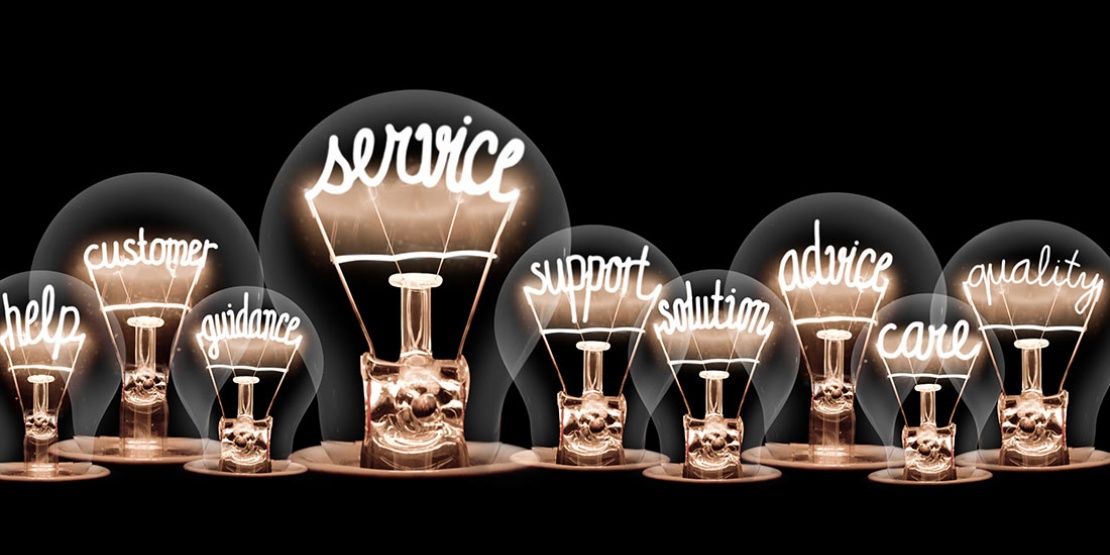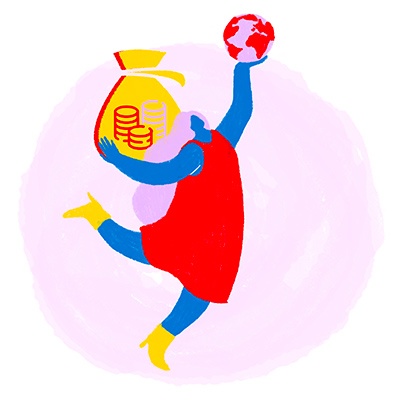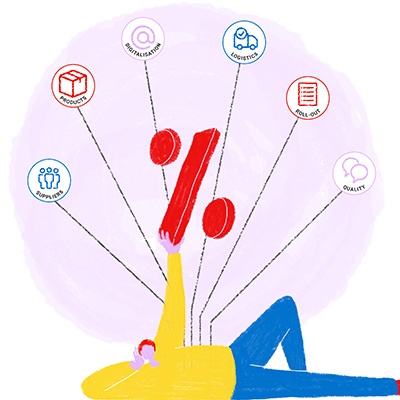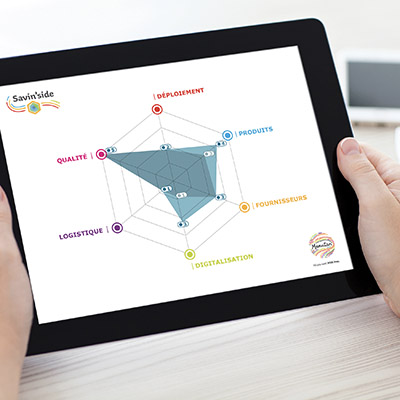The strain on the supply chain caused by the pandemic has reminded companies of the importance of having strong partnerships with their key suppliers. Although other suppliers may sometimes offer a more affordable market price, the strength of this partnership has its own value, which we must remember to factor in.
Moreover, rather than calculating this value from the losses incurred once the relationship has broken down, it is wise to determine supplier value earlier on. To help find out the answer, we can outline a theoretical analysis of a supplier's value by reviewing key criteria:
- Quality and consistency of the service
- Reliability and solidarity in times of crisis
- Potential for innovation transfer
Quality and consistency of the service: The intrinsic value of the supplier relationship
Just as we never notice when trains arrive on time, it's easy to end up losing sight of the value of suppliers that consistently fulfil their contracts in every way and with every delivery. Paradoxically, this is especially true when it comes to the long-standing supplier relationships that procurement departments rarely discuss.
Therefore, when thinking about the value of an existing supplier relationship, it's worth considering what quality and consistency of service actually means.
There are three key elements:
- The commitment of the supplier teams and how close a relationship they have built with your own supply chain teams
- The parallel development of the businesses, resulting in a situation where the increased demand that your company is most likely showing is matched by your supplier's capacity to supply, which grows year on year
- The importance of your partnership in the eyes of your supplier and the effort they're willing to make to earn your trust
Therefore, the smooth continuation of a supplier relationship founded on sustained commitment and reflected by a patiently built shared knowledge base is worth properly assessing.
The buyers that have long since decided to put the clichés of the profession aside understand the full extent to which these relationships pay off, as they require neither effort nor energy to sustain.
Solidarity in times of crisis: The strategic value of the supplier relationship
A supplier's ability to maintain business relations in the face of adversity, which has been the subject of much discussion since the outbreak of the pandemic, has proven—and continues to prove—its potential for adding value.
What have we seen?
- Suppliers that are poorly organised, too precarious or located too far away, forced to shut down or halt deliveries
- Suppliers voluntarily breaking off business relations in order to redirect their deliveries to other customers whose business they believe to be more valuable
- Significant deterioration in the quality and/or quantity of supplies from suppliers that are poorly positioned in the supply chain
This is why a supplier's ability to maintain the quantity, quality and level of service of their contractual supplies is so highly valued. Indeed, companies' resilience to the initial impact of the crisis and their subsequent recovery owe a great deal to the quality of their partner portfolio.
In other words, being able to rely on a few strong suppliers when procurement departments and businesses are facing challenging times is without doubt highly valuable. Even more valuable are suppliers that are not only resilient but also flexible, i.e. able to adapt the quantities they deliver to offset the uncertainty of the current situation or sharp increases in demand.
Potential for innovation transfer: The emerging value of the supplier relationship
The third benchmark for evaluating suppliers is based on the future-oriented approach advocated by value-creating buyers. Indeed, product or service innovation further down the supply chain is often a result of procurement teams harnessing the innovation of their most inventive suppliers.
Therefore, the value of trust, co-development and collaborative innovation must be taken into account as a key factor when considering purchase cost.
Time spent sharing information, synchronising digital data exchange systems, or running confidential innovative work groups is a significant investment for many stakeholders in both companies. The decision to start from scratch with another partner must therefore be considered very carefully.
In conclusion, the unit price of the products only represents one portion of the total cost of ownership. While maintaining a seemingly costly supplier relationship may require some effort in explaining the benefits to general management or the finance department, this effort often leads to a successful investment in terms of the partnership's value.
Another area of value worth assessing in relation to supplier relationships is CSR. If you're not convinced, take a look at the following article by Pierre Brial, Managing Director of Manutan France, on the circular economy: Why should buyers be interested in a circular economy?









